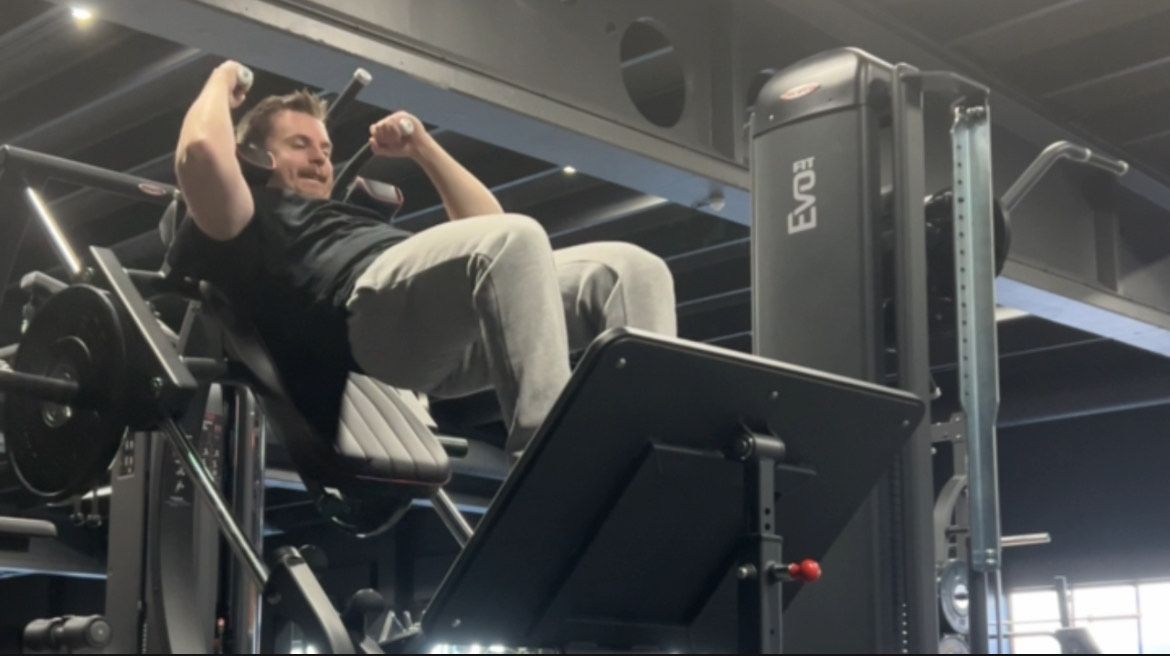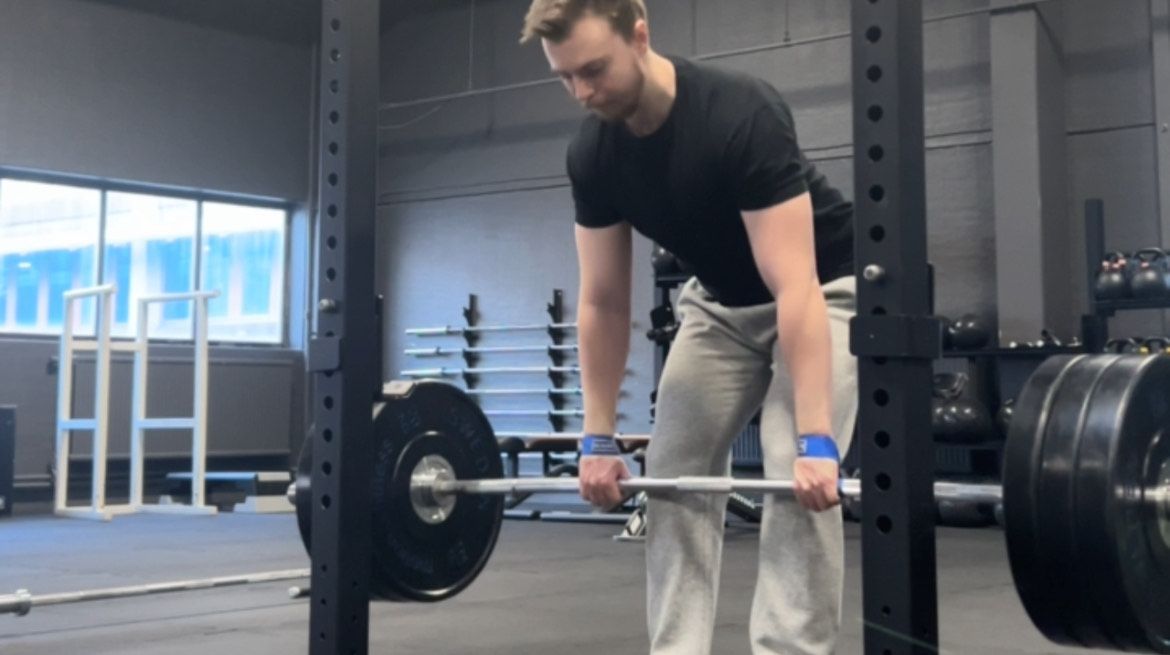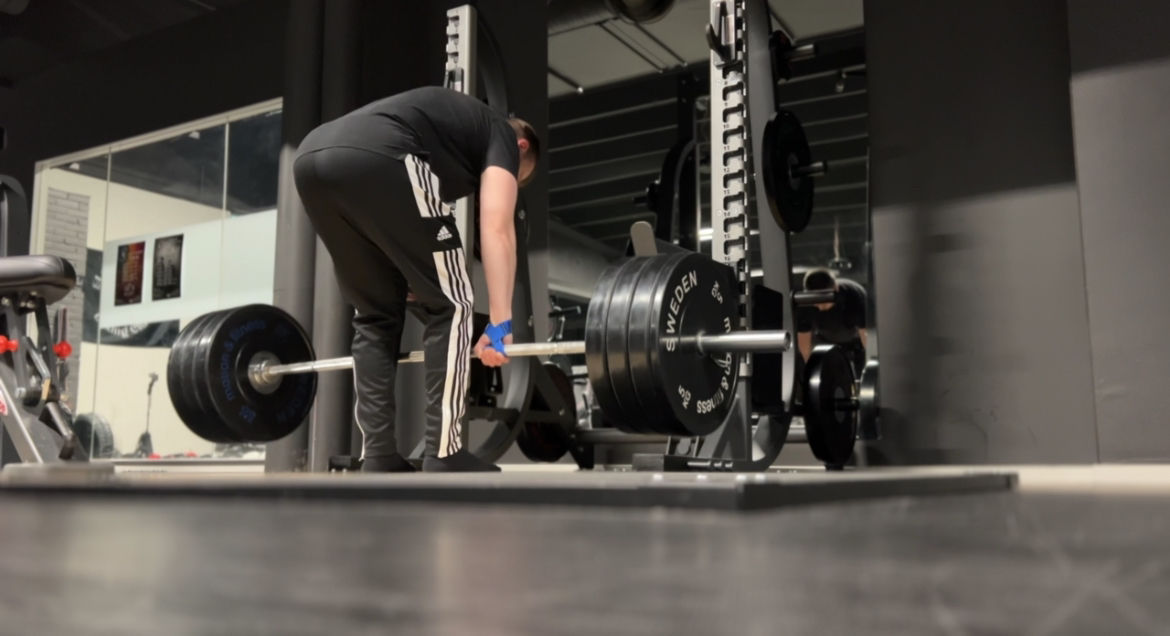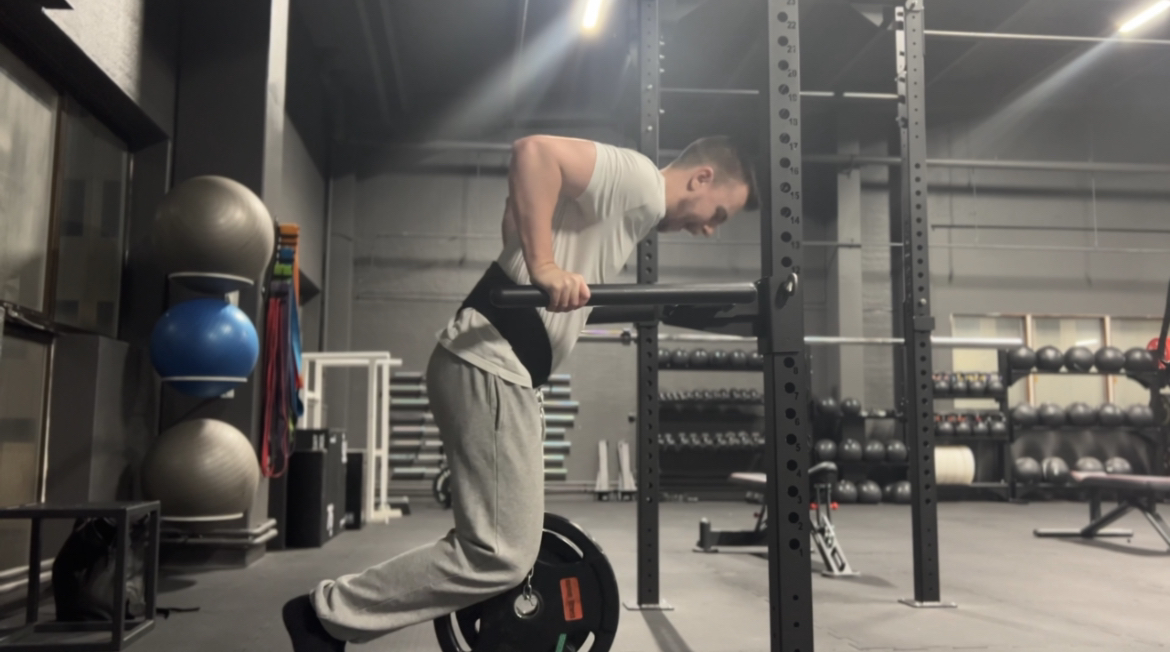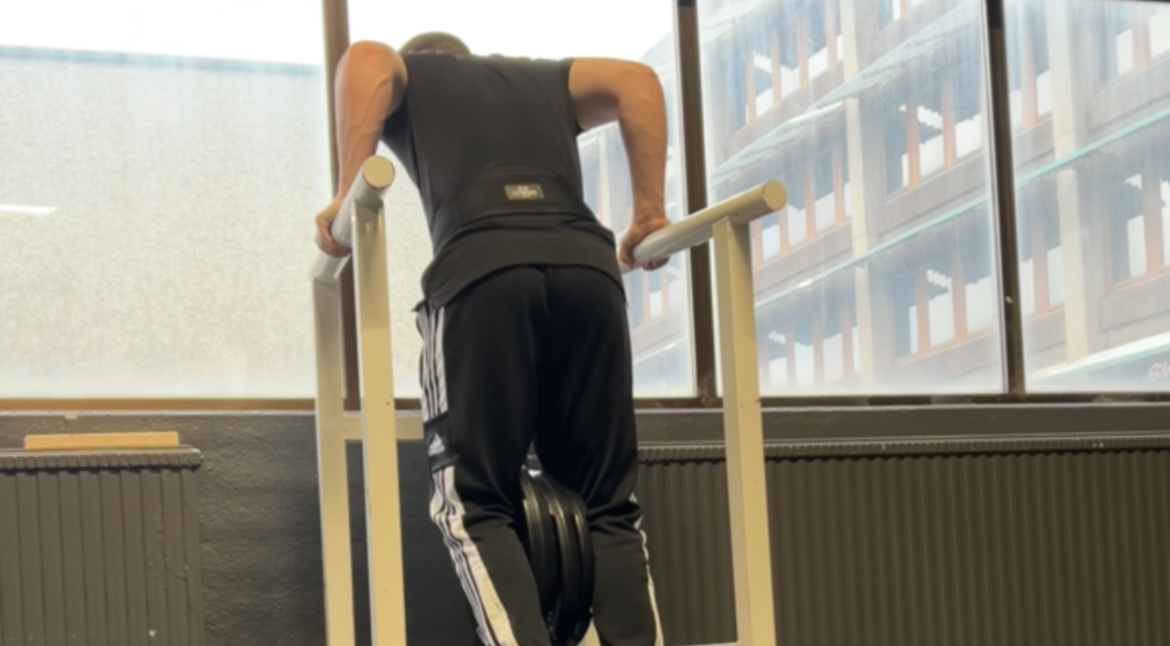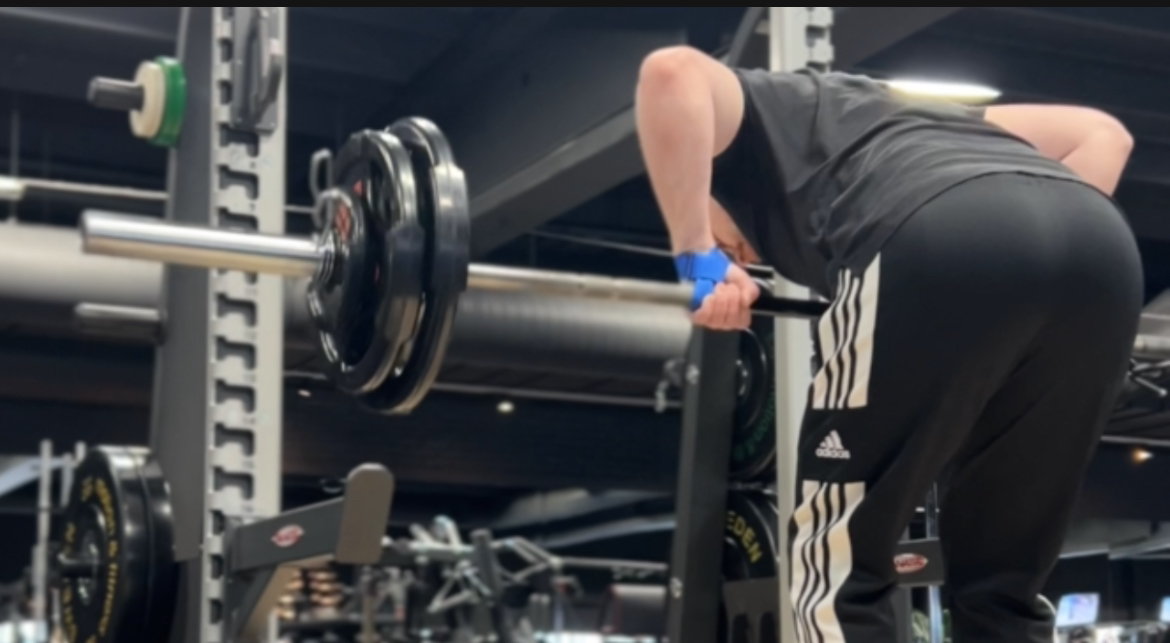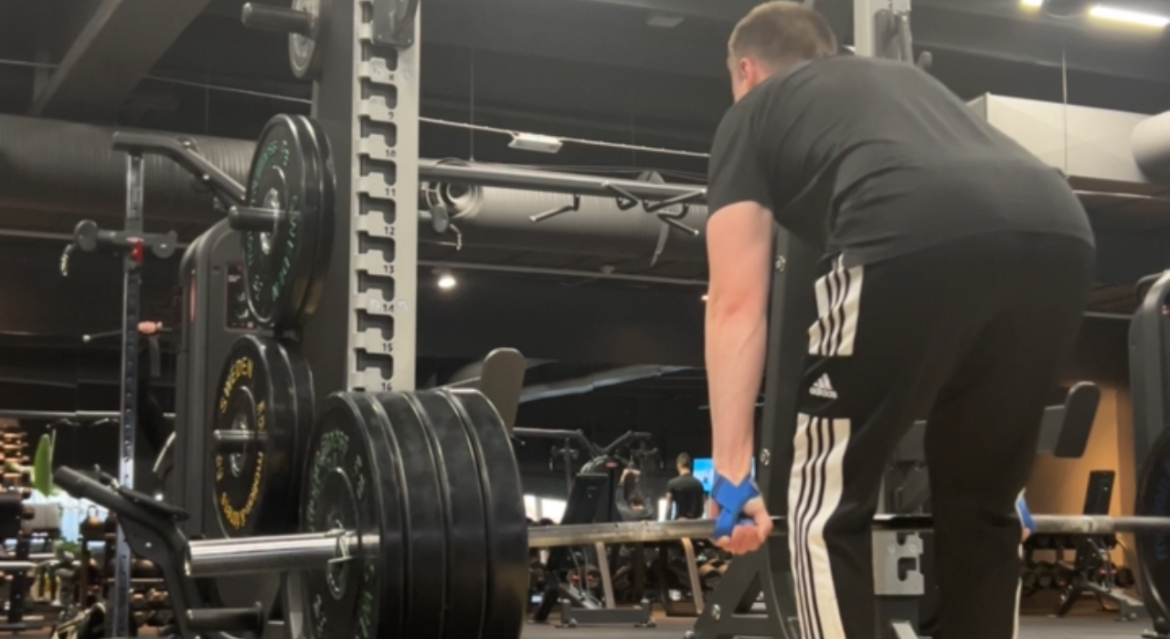Is knees over toes dangerous?
Will it destroy your knees?
Squats are a fundamental exercise in strength training, known for building lower body strength and enhancing overall athletic performance. However, a common question—and a longstanding debate—in the fitness community is whether it is dangerous for your knees to go over your toes during squats. Let's dive into the biomechanics and the latest research to understand the implications of this movement.
Understanding the Knee-Over-Toe Debate
The notion that knees should not pass over toes during squats has been ingrained in fitness advice for years. The idea is that this position places undue stress on the knee joint, potentially leading to injury. However, this simplistic view does not take into account the complexity of human movement and individual biomechanics.
The Biomechanics of Squatting
When you perform a squat, several joints and muscle groups are involved, including the knees, hips, and ankles. The depth of the squat, your body proportions, and your ankle mobility all influence how your knees track over your toes.
- Ankle Mobility: Limited ankle mobility can force your knees to stay behind your toes, leading to compensations elsewhere in the body, such as excessive forward lean or lower back strain.
- Body Proportions: Individuals with longer femurs may naturally have their knees travel further forward to maintain balance and proper form.
- Squat Depth: Deeper squats often require more forward knee travel to maintain an upright torso, which is crucial for proper weight distribution and preventing lower back strain.
What Does the Research Say?
Recent studies and expert opinions suggest that allowing the knees to pass over the toes is not inherently dangerous and can be a natural part of a healthy squat.
- Knee Stress: While it is true that forward knee travel increases stress on the knee joint, this stress is not necessarily harmful. The knee joint is designed to handle significant loads, and gradually exposing it to these stresses can strengthen the ligaments and muscles around the knee.
- Joint Health: Research indicates that full range-of-motion squats, which often involve the knees going over the toes, can improve joint health and function more than partial squats.
- Injury Prevention: Preventing the knees from going over the toes can lead to compensatory movement patterns, such as excessive forward lean, which places undue stress on the lower back and hips. Balanced stress distribution across the knees, hips, and ankles is crucial for injury prevention.
Practical Considerations
- Form Over Myths: Focus on maintaining proper squat form rather than adhering to the arbitrary rule of keeping knees behind toes. Ensure that your chest is up, back is neutral, and weight is evenly distributed through the feet.
- Progress Gradually: If you are new to squatting or have pre-existing knee issues, gradually increase the depth and load of your squats while paying attention to any discomfort.
- Individual Variability: Recognize that individual differences in anatomy and mobility mean that there is no one-size-fits-all approach. Work with a knowledgeable trainer or physical therapist to find the squat technique that best suits your body.
Conclusion
The belief that allowing your knees to go over your toes during squats is dangerous is an oversimplification. While forward knee travel does increase stress on the knees, this stress is not necessarily harmful and can be beneficial for building strength and joint health. It is more important to focus on proper squat mechanics, individual anatomical differences, and gradual progression to ensure safe and effective squatting. As always, listen to your body and consult with fitness professionals to tailor your training to your specific needs and goals.



